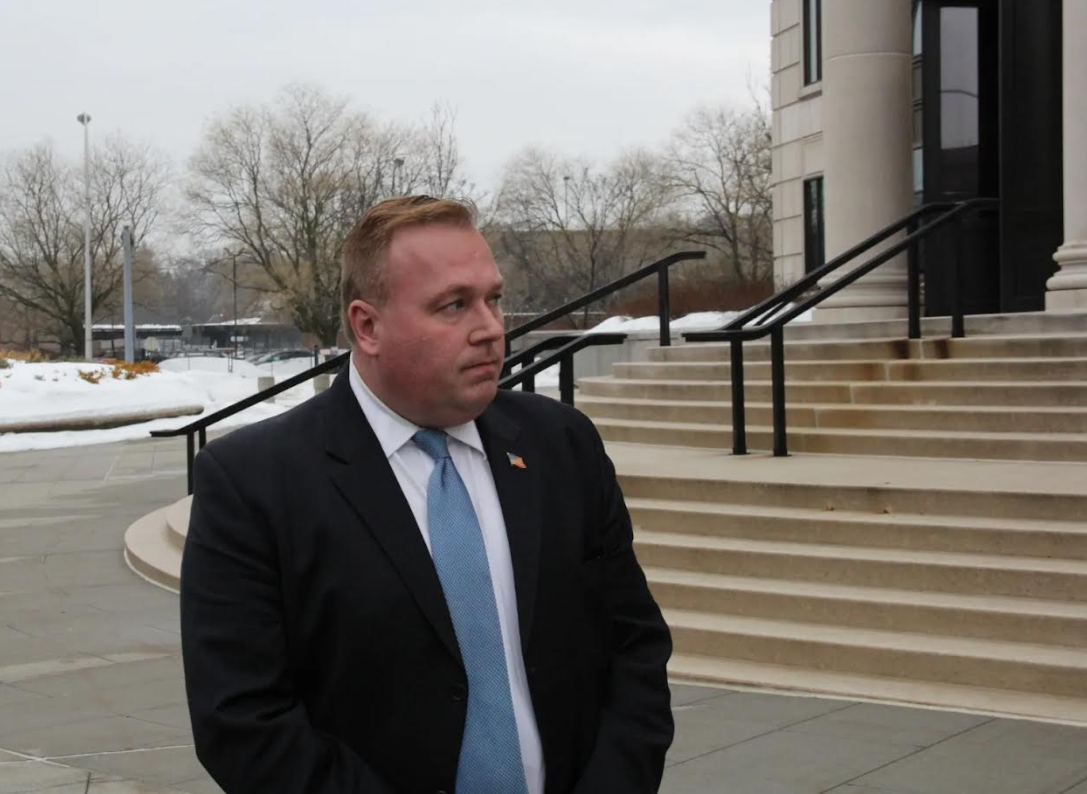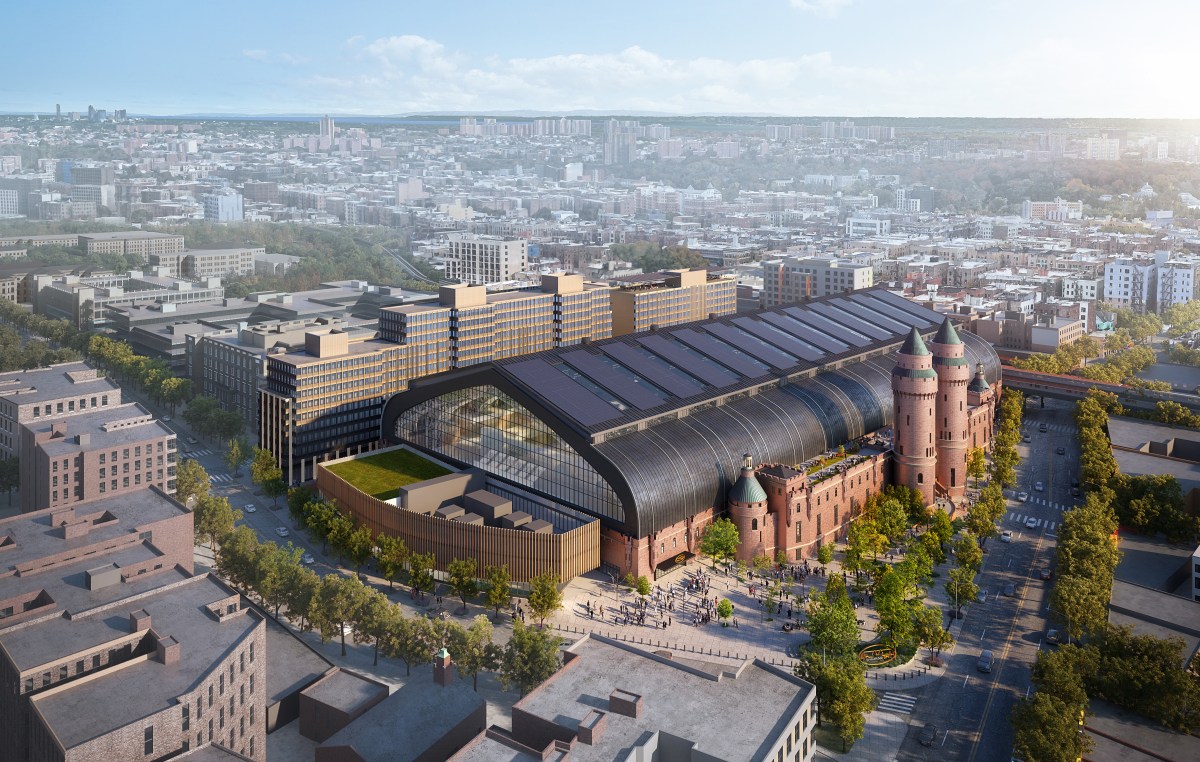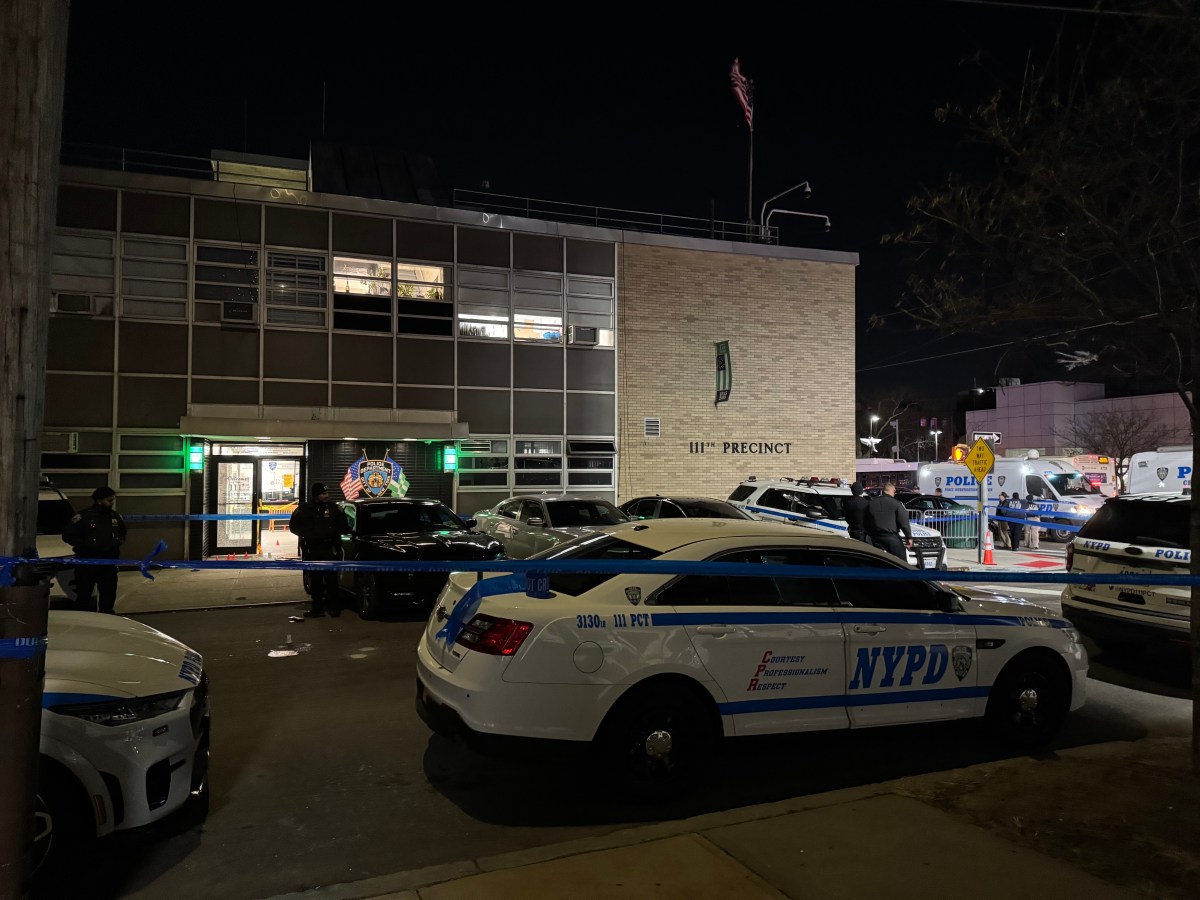
Earlier this month, the NYPD announced a drone program consisting of 14 of the unmanned aerial devices.
A brief demonstration of the new technology took place at Fort Totten in Queens, as police drone pilots launched the agency into what until recently might have been considered science fiction.
Here’s what we know so far about drone usage, and some of the concerns from civil liberties advocates.
How will drones be used?
Procedure No. 212-124 of the Patrol Guide now includes the NYPD’s rules on use of drones.
The “limited circumstances” in which a drone can be used include search and rescue, documentation of crime scenes, and “rooftop security observation” at shootings or “large scale events,” according to the patrol guide.
The drones won’t be equipped with or used as weapons, and can’t be used for warrantless surveillance, the guide says. “Absent exigent circumstances,” a drone (Unmanned Aircraft System) “will NOT be deployed in areas where there is a reasonable expectation of privacy (e.g., to look inside of residences),” unless a search warrant allows it.
How have drones been used so far?
The NYPD has used drones, says Lt. John Grimpel, an NYPD spokesman. The machines gathered evidence at scenes where police shot individuals in recent weeks — a man armed with a gun in the Bronx and a man holding a knife on Staten Island.
Will we know every time the NYPD uses a drone?
The Patrol Guide says a log has to be maintained with each flight by date, time, location, purpose, flight time, pilot name, and authorizing member.
It’s unclear how much of that information will be regularly made public. Chris Dunn of the New York Civil Liberties Union gave credit to the NYPD for including the drone’s purpose in the log, something the NYCLU had requested.
But Dunn says that during a meeting in October, he asked whether the public would have access to the information on those logs.
He says he was told, “you can always file a FOIL request,” referring to the Freedom of Information Law. The NYPD is not exactly known for responding to FOIL requests with speed and joy.
What concerns are there about drone use?
Dunn says the drone guidelines are loose enough that plenty of uses would be justified. The technology can be used for the purpose of public safety or “emergency” situations with the approval of the chief of department, which could be widely interpreted.
The devices can be deployed during “large scale events” like New Year’s Eve, says Grimpel, but what about smaller gatherings, like protests or events with 20 or 30 people?
amExpress put the hypothetical to Grimpel, who said that “for the most part” drones wouldn’t be used for something along those lines.
Also, a decades-old court decree lays out rules for the department’s surveillance of political gatherings and organizations — known as the Handschu guidelines — but will that stand the test of time with much more powerful surveillance technology?
What other technology is coming?
The patrol guidelines forbid drones from being equipped with facial-recognition software, and drone footage can’t be subject to it either, “absent a public safety concern.”
A letter from the NYCLU to the NYPD applauds those prohibitions and says that disregarding them would “constitute a substantial intrusion into the lives of countless New Yorkers.”
But the letter also warns about possible related technological advances: “the tools and technologies available for use with UAS devices and footage will continue to advance in ways not contemplated by the proposed policy, including software capable of recognizing particular behaviors or a person’s gait.” Welcome to the future.
































